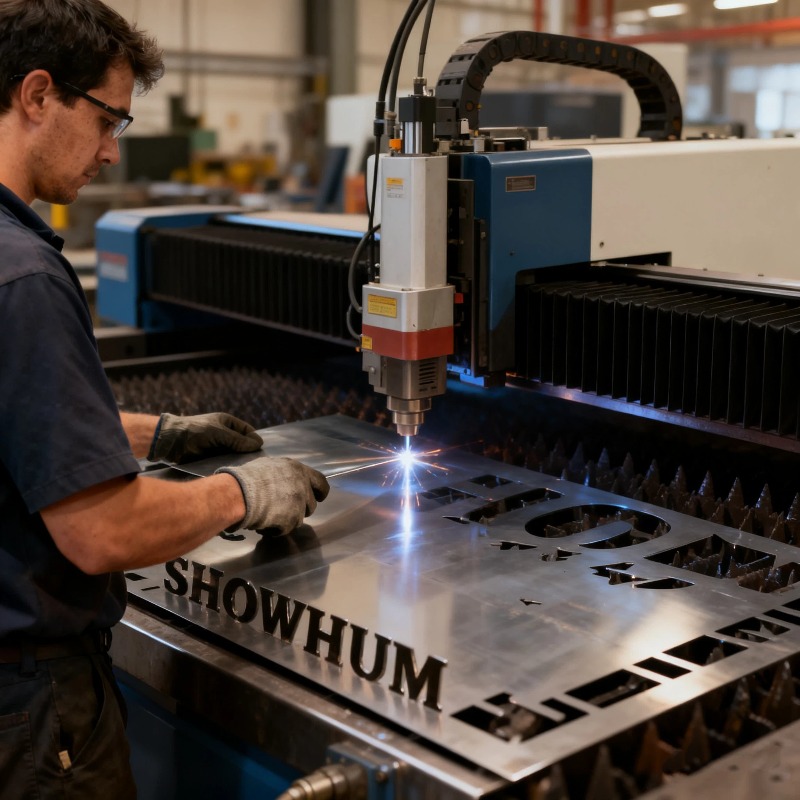
In the modern manufacturing industry, Computer Numerical Control (CNC) machining has emerged as a cornerstone technology, playing a pivotal role in the production of a vast array of components across diverse sectors. As technology continues to evolve at an unprecedented pace, the prospects of CNC machining are both promising and full of challenges. This article delves into the future trends, opportunities, and potential obstacles that lie ahead for CNC machining.
Technological Advancements
One of the most significant factors driving the future of CNC machining is continuous technological innovation. The integration of Artificial Intelligence (AI) and Machine Learning (ML) into CNC systems is revolutionizing the way machining operations are carried out. AI - powered CNC machines can analyze real - time data from sensors, such as tool wear, temperature, and vibration. This allows for predictive maintenance, where the machine can anticipate when a tool needs replacement or a component requires servicing, reducing unplanned downtime and increasing overall productivity.
For example, Siemens' Sinumerik ONE CNC system incorporates AI algorithms to optimize machining paths. By analyzing the geometry of the workpiece and the cutting conditions, it can generate more efficient tool paths, resulting in shorter machining times and better surface finishes. Additionally, the development of high - speed and high - precision spindles has significantly improved the machining capabilities of CNC machines. Spindles with speeds exceeding 100,000 revolutions per minute are now available, enabling faster material removal rates and the production of intricate parts with tight tolerances.
Industry 4.0 and the Internet of Things (IoT)
The advent of Industry 4.0 has brought about a new era of connectivity and data exchange in manufacturing. CNC machines are becoming an integral part of the smart factory ecosystem, connected to each other and to other manufacturing equipment through the IoT. This connectivity enables seamless communication and coordination between different production processes.
For instance, in a large - scale automotive manufacturing plant, CNC machines can receive real - time production schedules and part specifications from the central manufacturing execution system (MES). They can also send back data on production progress, quality control metrics, and machine status. This level of integration not only streamlines production but also allows for better quality control and more efficient resource utilization.
Growing Demand in Key Sectors
Aerospace Industry: The aerospace sector has a constant need for high - precision components made from advanced materials such as titanium alloys and nickel - based superalloys. CNC machining is the go - to technology for manufacturing these parts due to its ability to achieve tight tolerances and complex geometries. As the demand for more fuel - efficient and environmentally friendly aircraft grows, the aerospace industry will continue to rely on CNC machining to produce components with improved performance.
Medical Device Manufacturing: In the medical field, the production of surgical instruments, prosthetics, and implantable devices requires extreme precision and quality. CNC machining ensures that these medical products meet the strict regulatory requirements. With the aging population and the increasing prevalence of chronic diseases, the demand for medical devices is on the rise, which in turn drives the growth of CNC machining in this sector.
Electronics Manufacturing: The miniaturization of electronic devices calls for highly precise machining processes. CNC machines are used to produce components such as printed circuit board (PCB) connectors, heat sinks, and housings with micron - level accuracy. As the electronics industry continues to innovate, with the development of 5G technology, Internet of Things (IoT) devices, and wearable electronics, the demand for CNC - machined components in this sector will remain strong.
Challenges and Solutions
Skill Shortage: The operation and programming of modern CNC machines require a high - level of technical skills. However, there is currently a shortage of skilled workers in the manufacturing industry. To address this issue, educational institutions and training centers are increasingly offering specialized courses in CNC machining. Manufacturers are also investing in in - house training programs to upskill their existing workforce.
Initial Investment Costs: The purchase and installation of high - end CNC machines can be extremely expensive, especially for small and medium - sized enterprises (SMEs). Leasing options and government - sponsored incentives are emerging as solutions to help SMEs overcome this financial barrier. For example, some governments offer tax breaks or subsidies for companies that invest in advanced manufacturing equipment.
In conclusion, the future of CNC machining looks bright. With continuous technological advancements, integration into the Industry 4.0 framework, and growing demand in key sectors, CNC machining is set to play an even more crucial role in the global manufacturing landscape. While challenges such as skill shortages and high initial investment costs exist, they can be mitigated through proper training initiatives and innovative financial solutions. As we move forward, CNC machining will continue to drive innovation and efficiency in manufacturing, enabling the production of more complex, high - quality products at a faster pace.
 Sheet Metal Fabrication: Precision, Durability, and Versatility for Industrial Applications
Sheet Metal Fabrication: Precision, Durability, and Versatility for Industrial Applications
Sheet Metal Fabrication: Precision, Durability, and Versatility for Industrial Applications